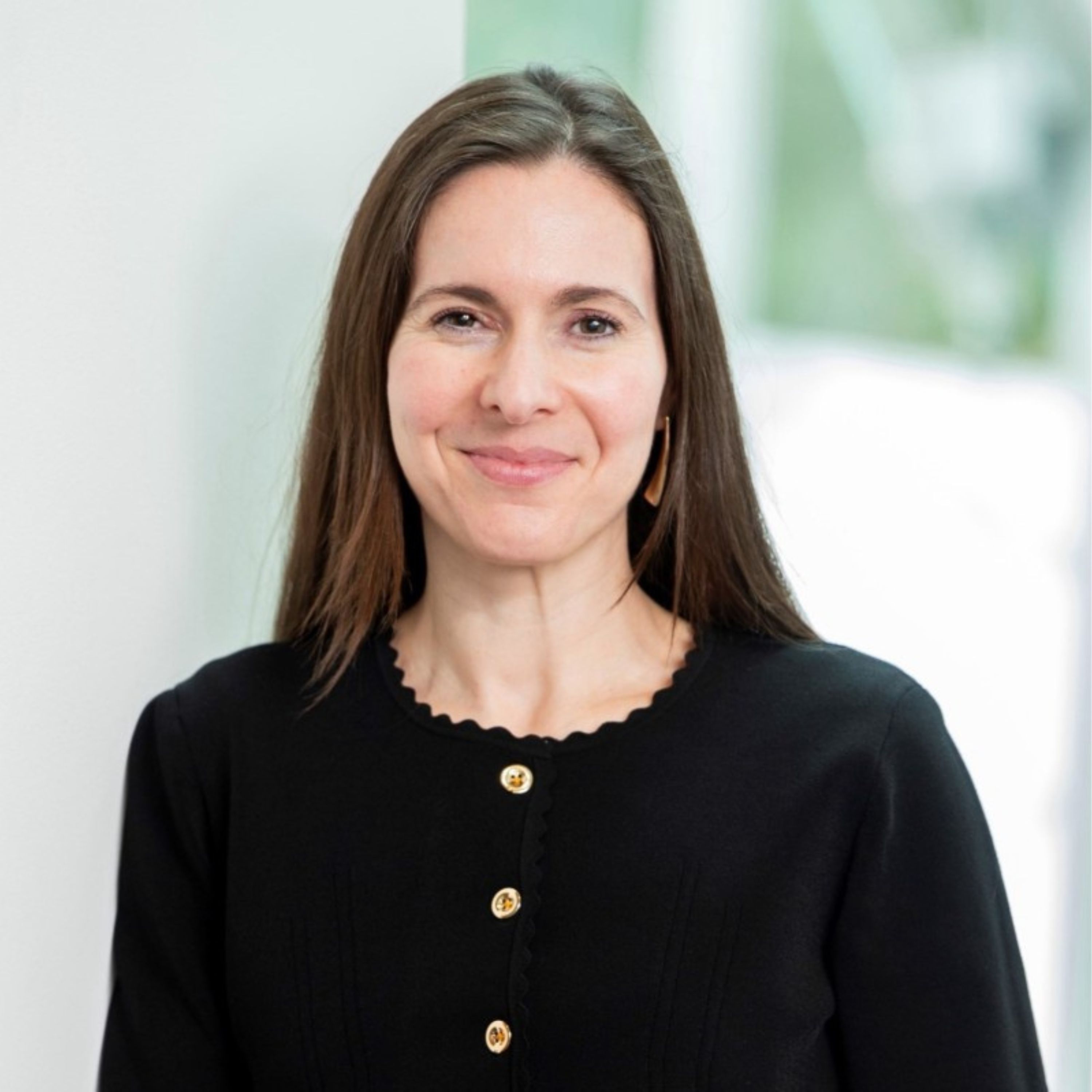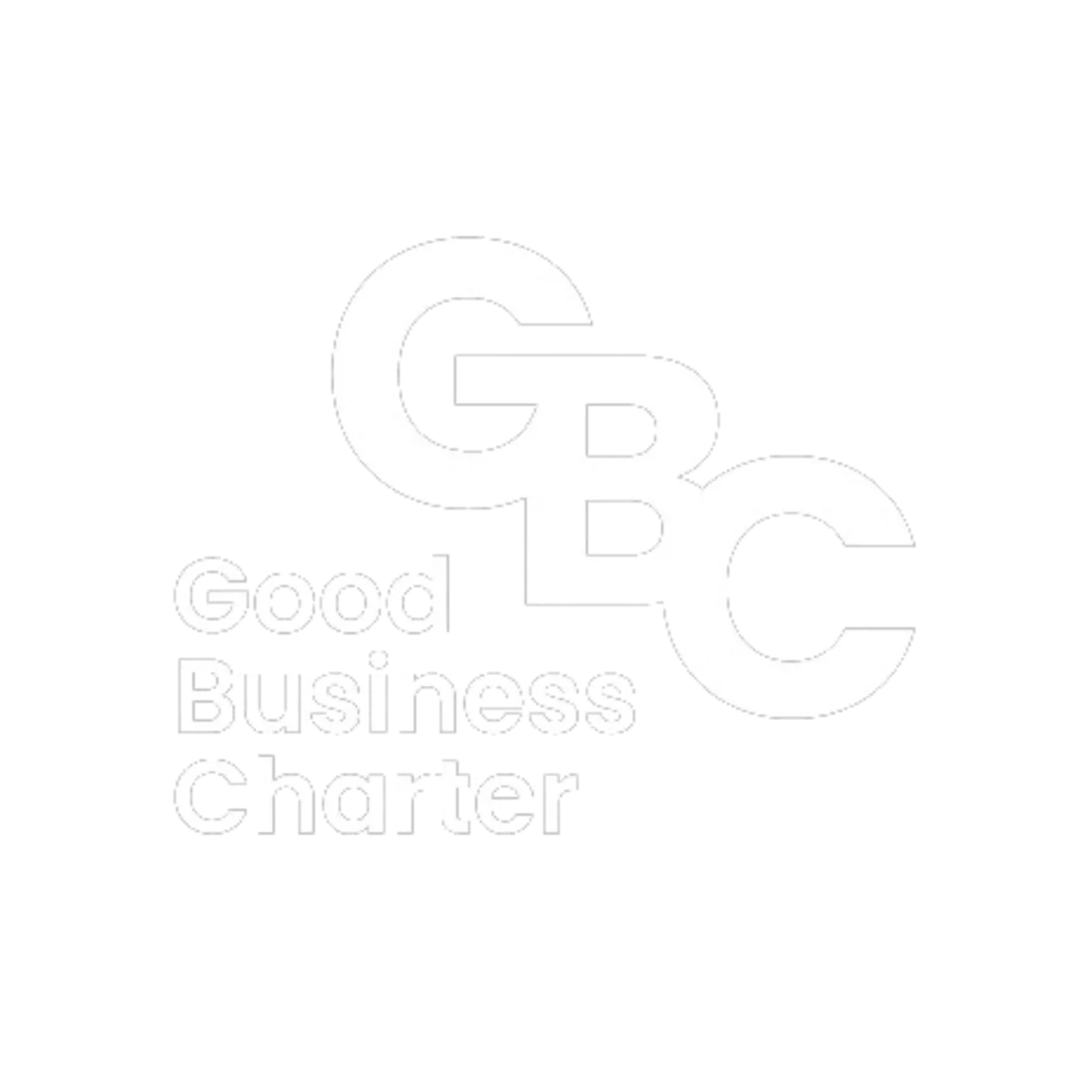Tech Talent Spotlight: Joanne Woyket
19 Mar, 20255 minutesJoanne Woytek is a distinguished professional at NASA, serving as the Program Director for S...

Joanne Woytek is a distinguished professional at NASA, serving as the Program Director for Solutions for Enterprise-Wide Procurement (SEWP). Her remarkable career spans over four decades, showcasing her extraordinary journey from computer scientist to strategic technology procurement leader.
Starting in the 1970s, she began her NASA career writing complex computer code for meteorological research. She transitioned from hands-on technical roles to become a pivotal leader in government IT procurement, demonstrating strong adaptability and expertise in systems administration, database management, and user application programming.
Can you share the journey that led you to your current career path and brought you to where you are today?
So, going back 48 years of my life takes us to when I was in college which is when I knew I wanted to work for NASA. I wanted to be a physicist, with the end goal to be an astronomer. One day, I got a phone call from NASA, after I had sent in my application, and all I remember is that it involved a lot of words about image processing and computers. I had no idea what was being said, so I openly told the interviewer, ‘I really want to work for NASA, but I don’t know what you’re talking about.’
To my surprise, they said ‘that’s okay,’ as their job was to find people who knew science, who could grow their knowledge into the computer world back in the 70s and create applications for the scientists. The crucial element they were looking for, was people who knew how to speak the scientist’s language. Initially, it started off in a direction I hadn’t planned, but at least I was at NASA, which is what I wanted.
In my early days, I was fortunate enough to be put in a room with a lady called Mary, who became my mentor and friend for the rest of my career. Together, we started writing programs for the scientists, developing applications, doing imaging work, and graphic work. Eventually, she moved on while I stayed at NASA and did data and supercomputing work for the scientists. So, at this point I was in the depths of the programming and technical world of how the scientists interact with data.
About halfway through my 48-year career, I got pulled into an office by my boss to have a meeting, which was about being part of a new adventure within NASA, one which would help scientists make their computers faster. At this point, I agreed to take the technical lead for that procurement process. During that time, it took six to nine months for scientists to get a computer, even when they knew exactly what they wanted. That’s where we stepped in, to make that faster.
At the time I started with two other people, and I was just a minor cog in the wheel but eventually became part of the executive team. I continued to do my regular work with the scientists and started to gain a real interest in how to make programs and the procurement process work for customers. So, I started doing it on my own little computer under my desk, learning and developing. Shortly after, I decided I wanted to do something else, I wanted to be a manager. Following the agreement of everybody on the team, I obtained the position of manager. This is what led me to my current career, which is program director, for what is the first government-wide procurement of its type. While it is no longer the only one, it is the biggest contract in the government.
You’ve witnessed NASA’s technology evolution firsthand. If you could bring one piece of modern tech back to your early days at NASA, what would it be, and how would it have changed things?
Mary and I did a lot of things that modern technology does now. At the time, it was the first time it had been done, we were networking computers and networking data streams from different places, before networking was a thing. While sure it would have been nice to have had that already work, but more importantly it allowed us to learn about how it does work.
It's interesting to me at times, 47 years later, to see that some of the modern technology is not that different. It’s faster. It’s glossier. But it’s not that different.
Another big change Was that I wrote some of the first interactive websites where someone could type in a form, and it would immediately change. Not quite the same as the good stuff like Java but I found ways to do it that got the computer to act in the way I wanted.
So, I guess my point is that even though all the technology we have today is brilliant, I don’t think you can take any of it back. It’s built on the fact that we learnt from building; we had them develop through the processes of learning how best to use technology and how best to tie it together. Most importantly, we learnt how to work with the customers, our scientists in this case, and help them get the best data. Technology doesn’t work unless you tie it to what a customer wants and needs. That was a big part of our culture and how we wrote our systems.
I will not that the last piece of software that Mary and I worked on before she left NASA in the 80s, is still available. Yes, it might be old and creaky, but at the time it did exactly what we needed it to do. While, bringing a piece of tech back would have helped, I think we learned more by having to do it ourselves.
You’ve gone from writing code to managing billion-dollar contracts. What’s a skill from your coding days that unexpectedly proved crucial in your current role?
So, in 1999 I became a Program Manager, and at the time I thought that because I am a great programmer, I will naturally just become a manager. Almost like an automatic switch into becoming a manager. This is certainly not what happened.
However, the truth is that after many years of trying to find my place in the management world, I realised that managing and writing programs are more alike than I thought. The key parallel is that both contain the question; ‘how can I make this work?’
I drew on the similarities of puzzles in both management and programming. You don’t start with answers; you start with puzzles. As you will never have all the answers, you will always have to be ready for change and adaptable. This is the same for staff changes, technology changes and consumer need changes. So, from my newfound perspective, there wasn’t much difference in terms of how my thought process occurred.
However, the difference between people and technology; is that you have a lot more control over technology. This is not necessarily a bad thing. Navigating not having control of people took me a while to learn, but eventually I found that it allows me to find ways to make them successful.
My mind set has always remained the same; ‘how can I make this computer successful? ‘how can I make this person successful?’
How do you ensure that the SEWP program continues to meet the evolving needs of federal agencies while maintaining efficiency and cost-effectiveness?
SEWP is the contract that we started back in the 90s and is actually the reason I got involved as I was tasked with finding ways to make it better. I saw opportunities to improve how we were interacting with the broader customers, and I would present several key ideas to the team. I was often known for being happy but never satisfied, which is why when I approach things, I know it’s not going to be 100% perfect, but I want to get it to a point where it is useful and moves us along. Once I am no longer satisfied with that, I find out what the next piece is. We are constantly improving our interfaces, our concepts, and the way we utilise technology.
Now, instead of scientists, I deal with every government agency, procurement specialists, CIOs, technical support, and resource analysts. When we design, we have to keep every one of those in mind and find ways to make what we provide useful to them.
It will be a never-ending challenge. But it’s a great one.
As technology changes, we do too. I have a large team of programmers who can take ideas and run with them. So, my role is to look at what the customer needs, not necessarily what they want, but what they need and their perspective. If I only ask what they want, I won’t understand their perspective deeply.
If you could design a mission patch representing your career at NASA, what elements would you include and why?
I would have to start with a bowl of soup with a duck in it. That is the logo for SEWP because back in the day the statement made was ‘it’d be as easy as duck soup.’ So, naturally, a duck appeared in a soup bowl as the logo and it continues to be one of the most famous logos in the government. When I think back to my earlier days, one key moment that stuck out for me is when Mary and I wrote the code for the first stereoscopic satellite image of a hurricane. I would want to have that represented. I tried finding that in the archives, but they don’t go back that far.
What are the most significant technology trends impacting government IT procurement in the next five years?
I suppose I’m meant to say AI, but I won’t because I don’t believe in it. I am much more focused on human intelligence. There is so much information to navigate through and find the correct and most relevant pieces, and when it comes to understanding the information, it’s really difficult. It is on my bucket list to create an easier, visually appealing way of presenting key information. Though this thought is not brand new, nobody is quite catching on to the idea that you cannot live in a virtual world. While concepts like the metaverse have been trialled, it relies on the customer agreeing to how you want to present it versus what the customer needs to see to get the information. The question is, how can we manage this in a simple way?
Even though having endless amounts of data and information is what we could have wanted decades ago, we are experiencing an overload of data, and locating correct information is becoming impossible. For example, FAQs are fantastic. However, there are now so many FAQs that it is hard to find the most relevant one for you.
You can no longer rely on a summary of what you seek. It’s not intelligent; it’s artificial, so human data management will never be replaceable.
How do you approach mentoring and developing the next generation of leaders in government technology procurement?
I didn’t worry about that for many years; however, on reflection, it is really important. Having diversity in my staff is important to me because the next generation will not be me; they will be new people with new perspectives and ways of learning. This is why, instead of developing them to be more like me, I find ways to build them up and give them opportunities. I aim to build staff capability so each member has a piece of me. I want them to have a piece of knowledge to fit where they’re at rather than trying to replicate myself. My message is, ‘Here’s a part of me that can put you in a better position to become a leader.’ I don’t do specific mentoring functions because I am not that type of person, but I believe in informally mentoring every team member.
If you could have a 1-2-1 mentoring session with any tech leader, past or present, who would it be, and what would you ask them?
From a technology standpoint, the first person that pops into my head is Steve Jobs. I feel I follow in many of his technical footsteps rather than his other ones. One of the things I don’t understand about Steve Jobs is how he did it. How did he manage to do all he did and still live a life? I feel like there isn’t enough time to get everything done. I am currently learning how to delegate and how to utilise people better, which I think he would be good at advising on.
Do you have a final piece of advice for a young woman looking to start a career in tech?
There are always opportunities and there are always barriers. You’ll need to decide where the barriers are too high to overcome and where the opportunities are the best. That’s a fact of life; there’s no way around it. For women in tech, it’s better than it used to be, but there is still a lot to overcome in terms of how to not be burdened by what people think. Bring your best at what you do. Either break through the barrier or find another opportunity. Don’t feel like you have to break the barrier if that’s not what you’re able to do. Life is not a one-size-fits-all.
Look out for mentors. I was fortunate enough to be placed into a room with Mary, who took me under her wing and became my mentor. Together, we achieved much more than we would have separately. If you can’t find a formal mentor, find an informal network of professional women to support you, you’ll learn a lot in the long run.
A huge thank you to Joanne for dedicating your time to this interview; your insights and experiences are remarkable, and we are grateful you allowed us to give you this platform.
If you want to learn more about Joanne, head to her LinkedIn profile here.









